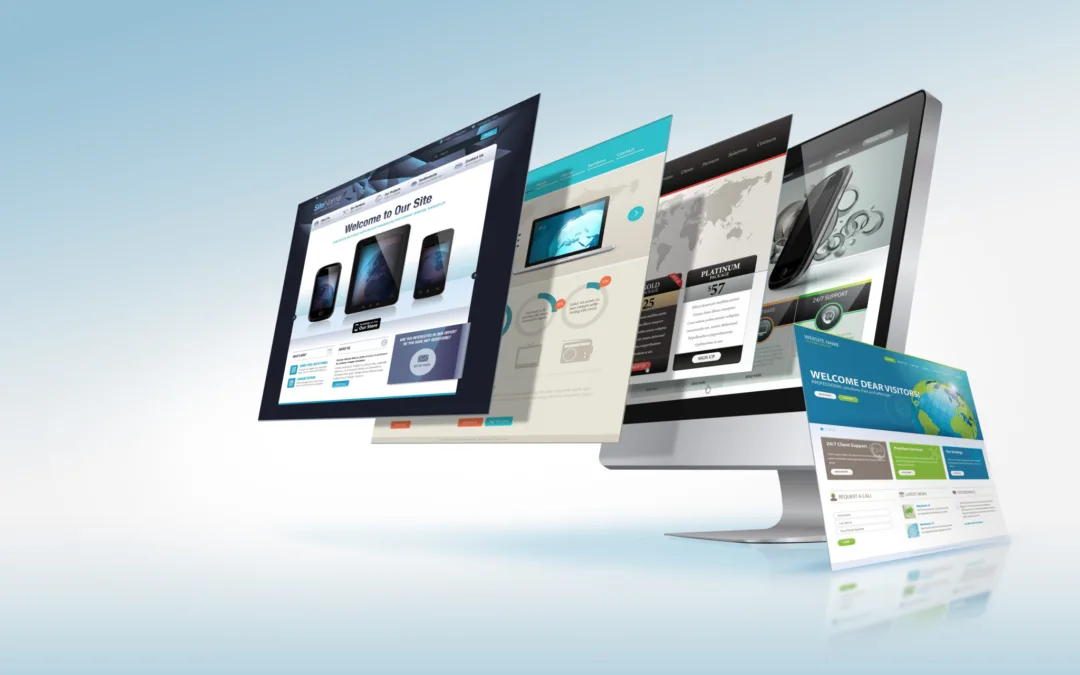The Importance of User Experience in Effective Web Design Strategies
The Importance of User Experience in Effective Web Design Strategies
Blog Article
Recognizing Customer Experience: Key Principles for Successful Internet Design
In the world of web layout, understanding customer experience (UX) is critical to developing platforms that not only bring in but likewise retain individuals. Trick principles such as user-friendly navigating and effective comments devices play important duties in fostering individual satisfaction. Furthermore, factors to consider for availability make certain that all users can engage with the web content seamlessly. Nevertheless, the subtleties of visual style and the importance of repetitive screening frequently remain neglected. As we discover these foundational aspects, it becomes evident that mastering UX is not simply an option yet a need for success. What are the implications of neglecting these concepts?
Significance of Individual Experience

In the world of internet style, one can not ignore the value of individual experience (UX) as a pivotal component that straight affects the success of a web site. When users encounter a user-friendly and appealing user interface, they are a lot more likely to check out the web content, convert right into customers, or share their experiences with others.
It encompasses the general performance of a website, making certain that navigation is smooth and details is conveniently available. Websites that prioritize UX are often viewed as more credible and credible, which can have a profound effect on conversion rates.
Ultimately, purchasing user experience is not simply a layout selection; it is a tactical decision that can differentiate a brand in a crowded industry. By concentrating on UX, organizations can develop significant interactions that resonate with customers, leading the method for continual success in the digital landscape.
Use Concepts
Effective website design pivots on the application of key usability principles that make certain a site is both useful and easy to use. Central to these concepts is the idea of intuition, where customers can navigate the website effortlessly without substantial direction. Clear navigating structures, including consistent designs and well-labeled food selections, enhance this instinctive experience, permitting customers to find info promptly.

Uniformity is equally essential; maintaining harmony in design aspects, terms, and procedures throughout the website assists to lessen complication. Users ought to not have to relearn how to communicate with various sections of the internet site.
Additionally, mistake avoidance and recovery are important for usability. Web sites must be developed to minimize the opportunity of individual errors, and when mistakes take place, useful and clear error messages need to assist individuals towards resolution.
Ease Of Access Considerations
Ensuring accessibility in website design is critical for producing comprehensive digital experiences that satisfy all individuals, including those with impairments. Access factors to consider involve creating sites that fit diverse demands, enabling individuals with visual, auditory, cognitive, or electric motor disabilities to navigate and communicate successfully.
To accomplish this, web developers must abide by established guidelines, such as the Internet Material Access Standards (WCAG) These guidelines supply a framework for making content perceivable, operable, reasonable, and durable. Key techniques include guaranteeing sufficient shade contrast, providing text choices for non-text content, and making sure key-board navigability.
Furthermore, semantic HTML needs to be made use of to boost screen reader compatibility, allowing users with aesthetic disabilities to comprehend the structure and significance of content with ease. web design. Offering clear, succinct instructions and using uncomplicated language can further improve use for individuals with cognitive specials needs
Regular ease of access testing, involving actual individuals with specials needs, is vital to identify barriers and enhance the user experience. By focusing on accessibility, internet designers not only abide by lawful requirements but also cultivate a more equitable electronic landscape, ultimately profiting everyone with improved functionality and involvement.
Visual Design Aspects
A myriad of aesthetic design aspects plays a critical role fit individual perceptions and experiences on an internet site. These components consist of color pattern, typography, layout, whitespace, and imagery, each adding to the overall visual charm and effectiveness of a site.

Color design stimulate feelings and can influence customer actions; for example, cozy shades might create a feeling of seriousness, while great colors often advertise calmness. Typography, on the various other hand, impacts readability and can develop a from this source brand name's personality - web design. The selection of font style and dimension should straighten with the web site's objectives and target market
Imagery, consisting of photos and symbols, enhances storytelling and can significantly influence user involvement. Top quality visuals develop a feeling of go to this web-site professionalism and trust, while poor-quality images may take away from the user experience.
Design and whitespace are equally crucial, as they lead individuals via the content. A well-structured design aids users discover details rapidly, while appropriate whitespace prevents clutter, promoting a more satisfying surfing experience.

Evaluating and Iteration
Individual screening and iteration are fundamental elements of an effective internet design process. Individual screening entails observing how real individuals engage with an internet site, identifying usability problems, and comprehending customer actions.
Model, on the other hand, is the process of refining the design based on the insights got from customer screening. By making step-by-step changes and re-evaluating the design, teams can enhance performance, enhance appearances, and maximize customer involvement. This intermittent strategy cultivates a society of continual renovation, permitting developers to adjust to individual demands and arising patterns successfully.
Additionally, incorporating both individual testing and version into the design process leads to even more enlightened decision-making and inevitably causes a much more user-centered product. By accepting these principles, web developers can develop a lot more user-friendly, appealing, and effective experiences that resonate with their target audience, ultimately driving greater customer contentment and retention.
Final Thought
In conclusion, individual experience is an essential element of reliable internet design, including use, ease of access, and visual factors to consider. Continuous testing and version serve as important procedures for identifying and dealing with user pain factors, ensuring check that that web designs stay versatile to advancing needs.
In the realm of web layout, understanding customer experience (UX) is paramount to producing platforms that not only draw in yet additionally retain users.In the realm of web design, one can not ignore the relevance of individual experience (UX) as an essential component that straight affects the success of an internet site. Customer screening entails observing just how actual customers connect with an internet site, recognizing use concerns, and recognizing customer actions.In verdict, individual experience is an important element of efficient web design, encompassing use, access, and visual factors to consider. Constant testing and iteration offer as crucial procedures for determining and dealing with customer pain points, making certain that internet styles remain versatile to progressing requirements.
Report this page